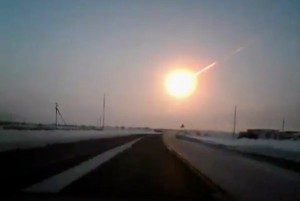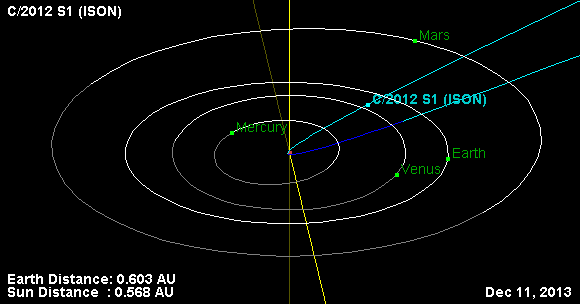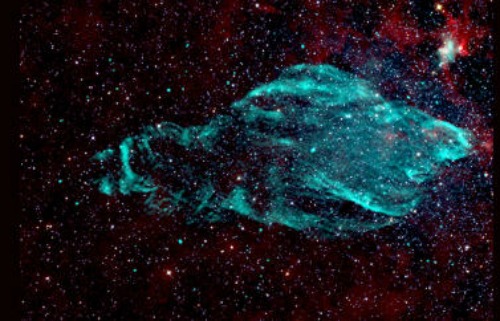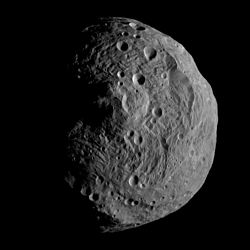Things are fine folks. I have a new job, lots to learn, but so far so good. My new job actually covers some ISP costs, so I’m waiting on restarting cable and Internet until that goes through. It could be as early as this Saturday. A few days ago my car was hit, very low velocity wreck and no one was injured, but the vehicle may be totaled. Which means my past few nights have been spent with no car, no Internet, no cable TV, and because I was careless one afternoon, no phone for a few days.
The funny thing was, it was incredibly peaceful! I enjoyed the hell out of it. There was nothing flashing in my eyes or buzzing in my ears, no texts or emails to worry about. No wasting time watching politicians and shills smiling and lying through perfectly capped teeth. I’ve spent the last few nights at home, quietly reading, working out a lot, cooking and eating super healthy, getting excellent sleep, and starting to wonder if I might be better off in a more minimalist lifestyle. Or at least better off less immersed in so much electronic crap.
Anyway, I’ll be back soon … until then here’s some food for rational thought: 1) Given the crazy political antics we’ve seen on Ebola, how would a science-challenged America in 2014 respond to a real pandemic threat, or even a more serious new epidemic, say for example AIDS hit now instead of 40 years ago?
And 2) below the fold is video of the Antares rocket that blew up as it left the launch pad last night: with condolences to several reg readers here who I know are closely involved with the industry … and my encouragement: remember that space travel is extremely difficult and the really important thing is, thanks to good design and proper safeguards, no one got so much as a scratch! [Read more…]








